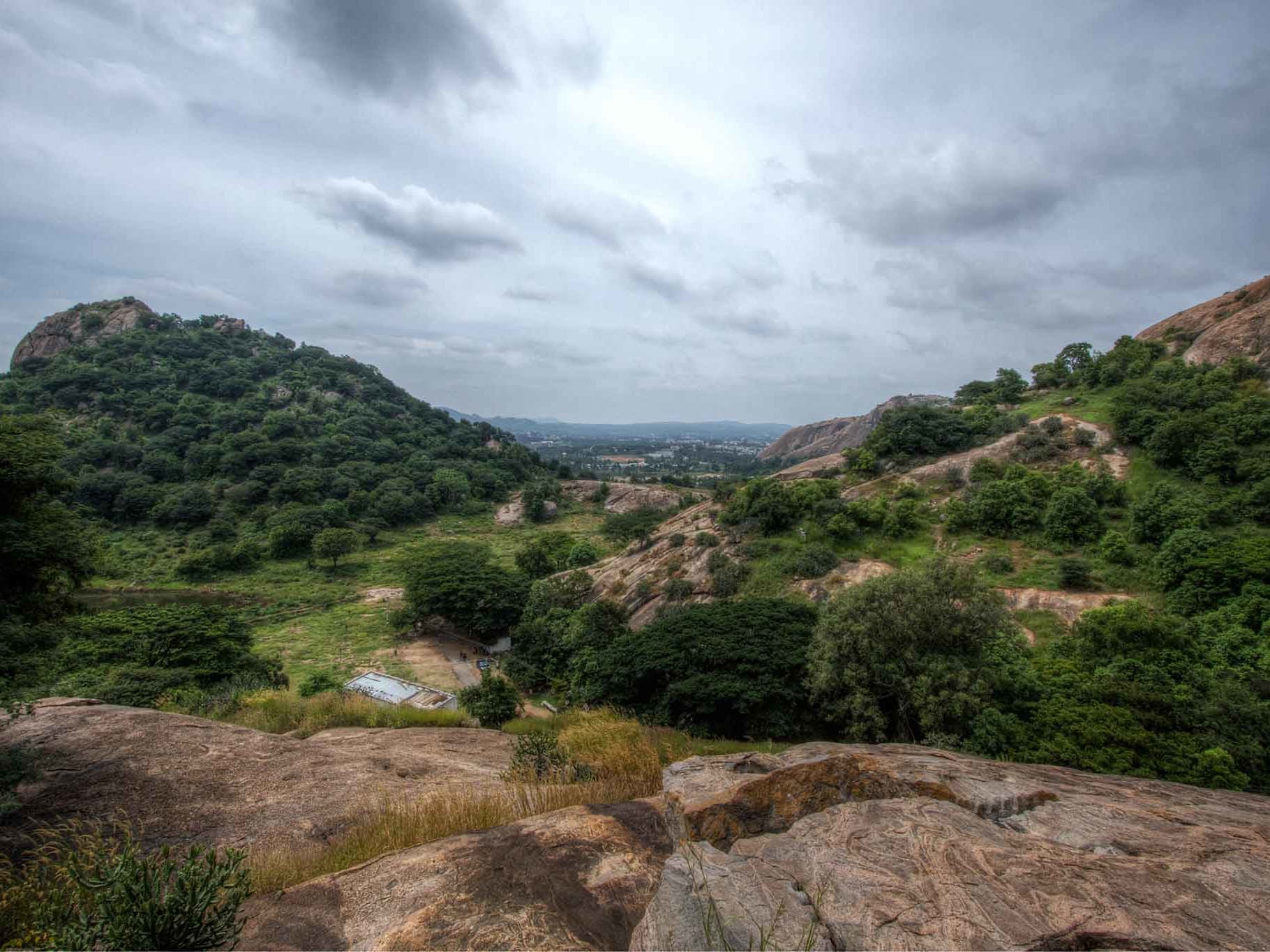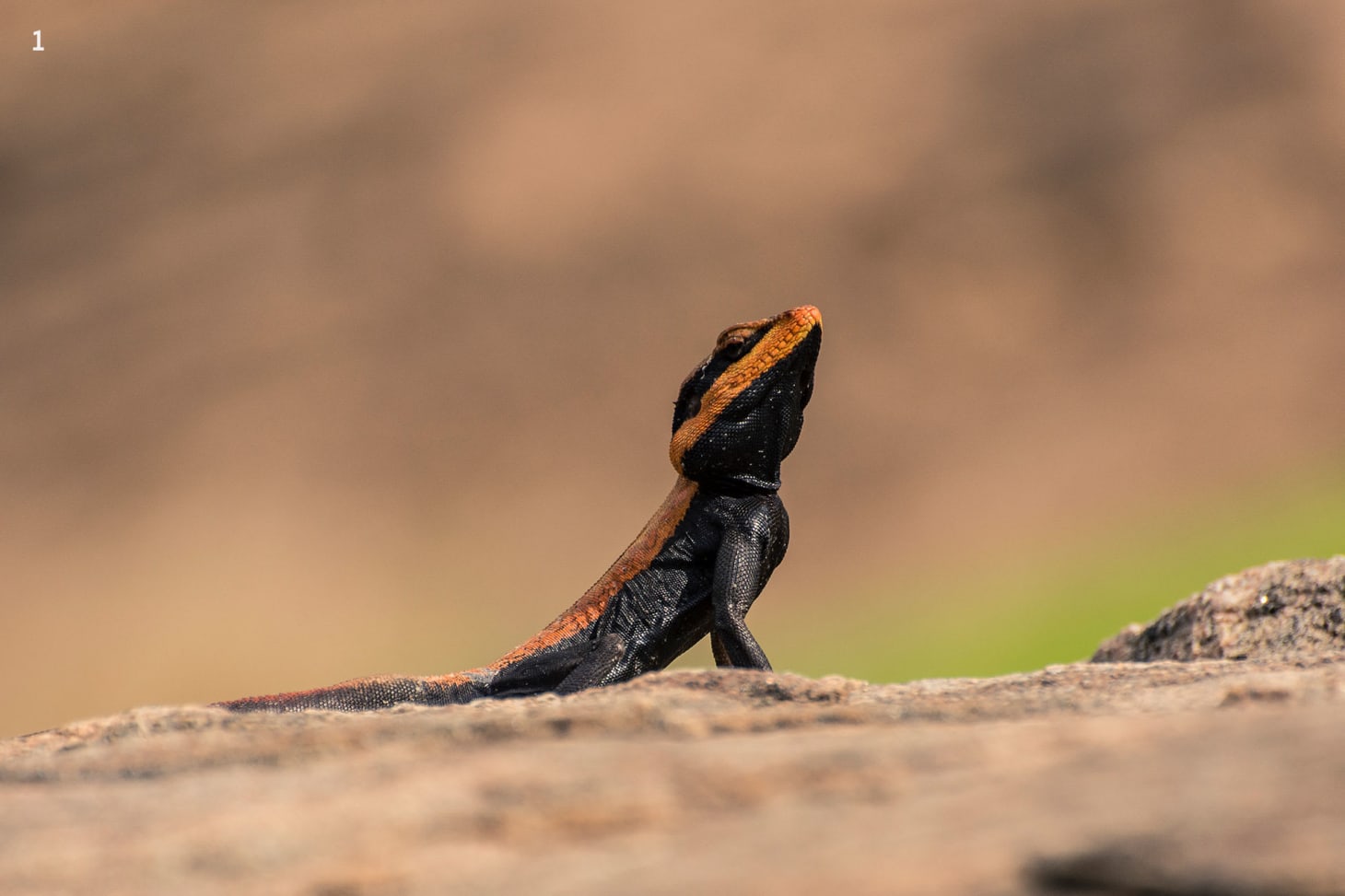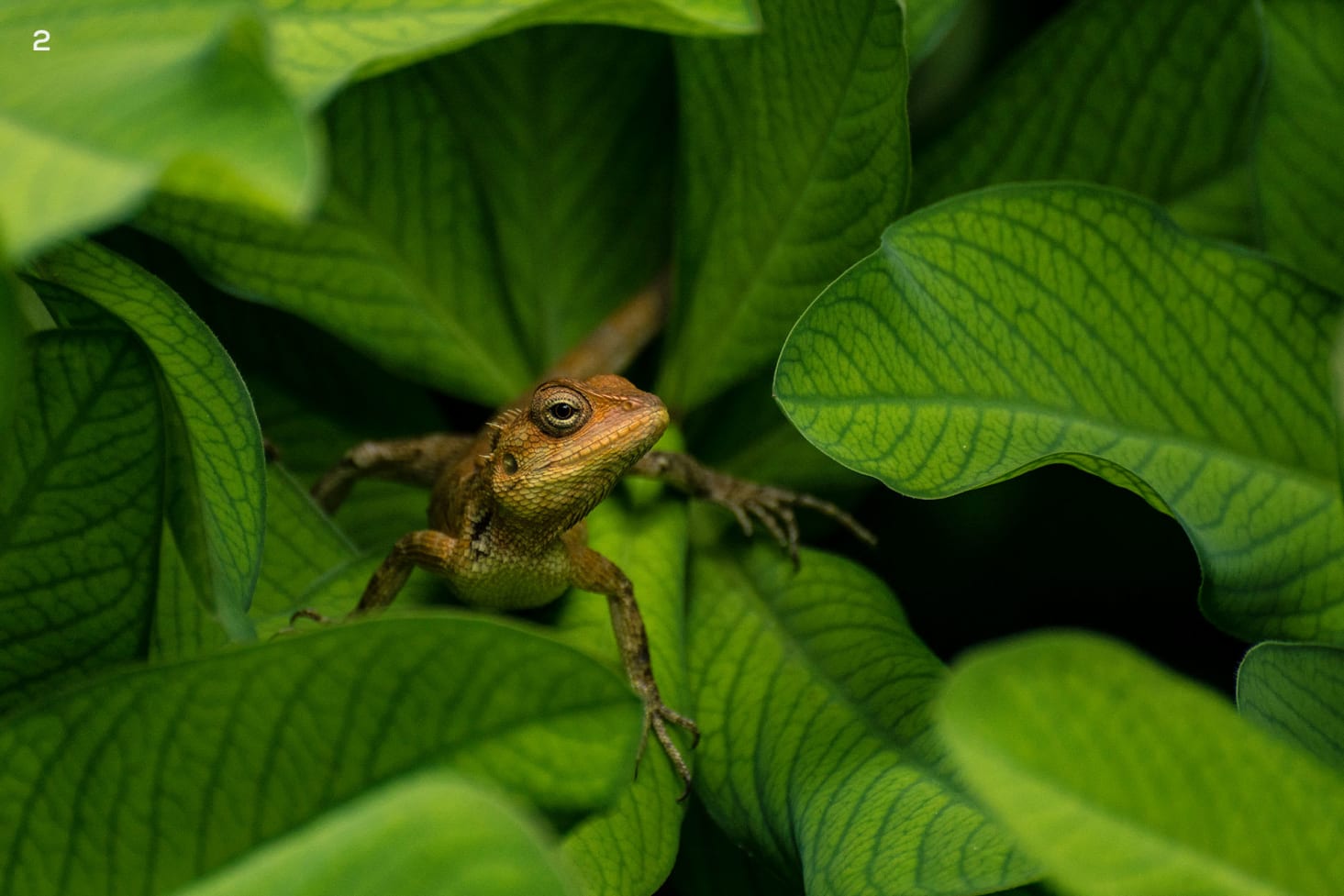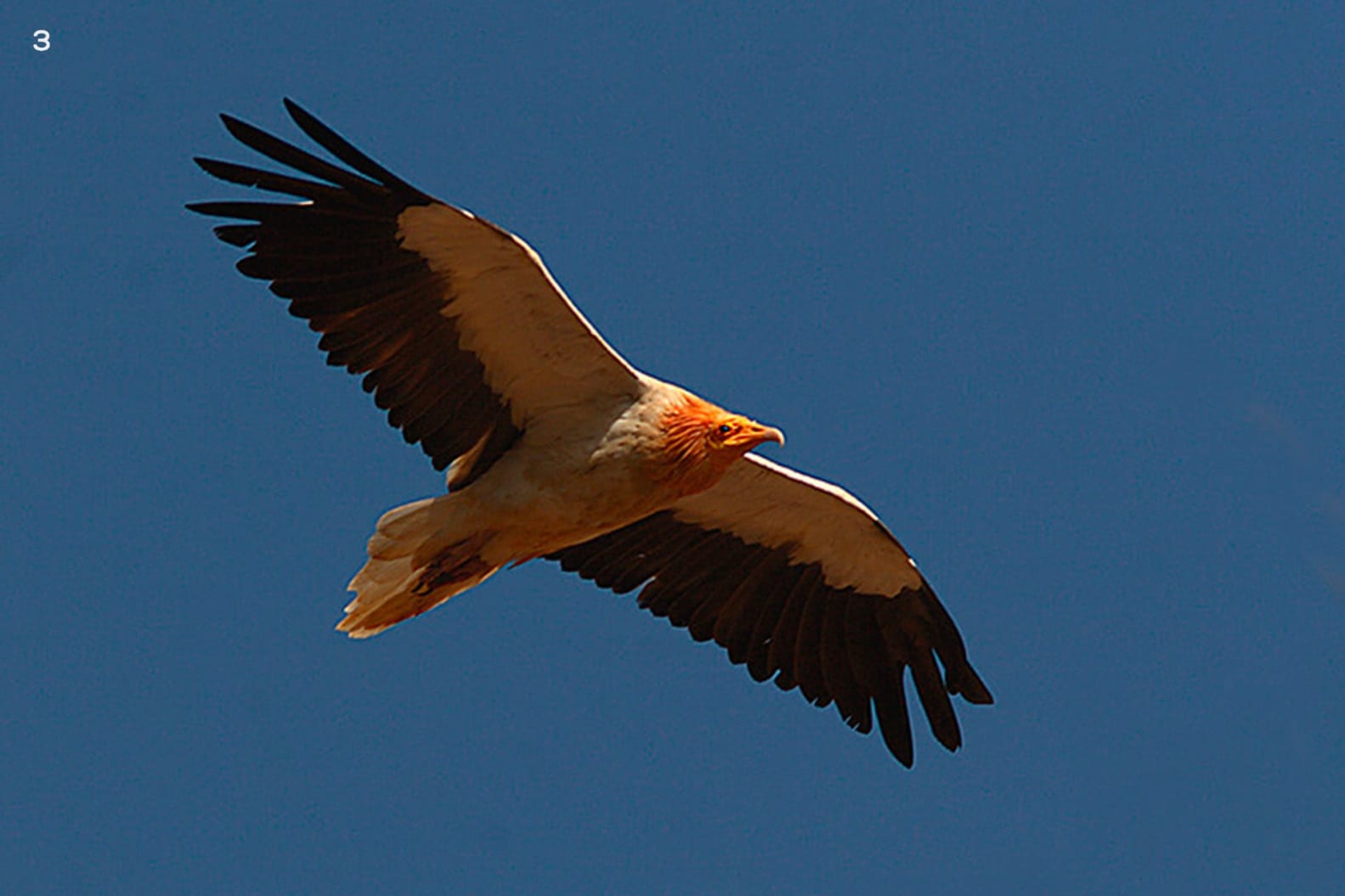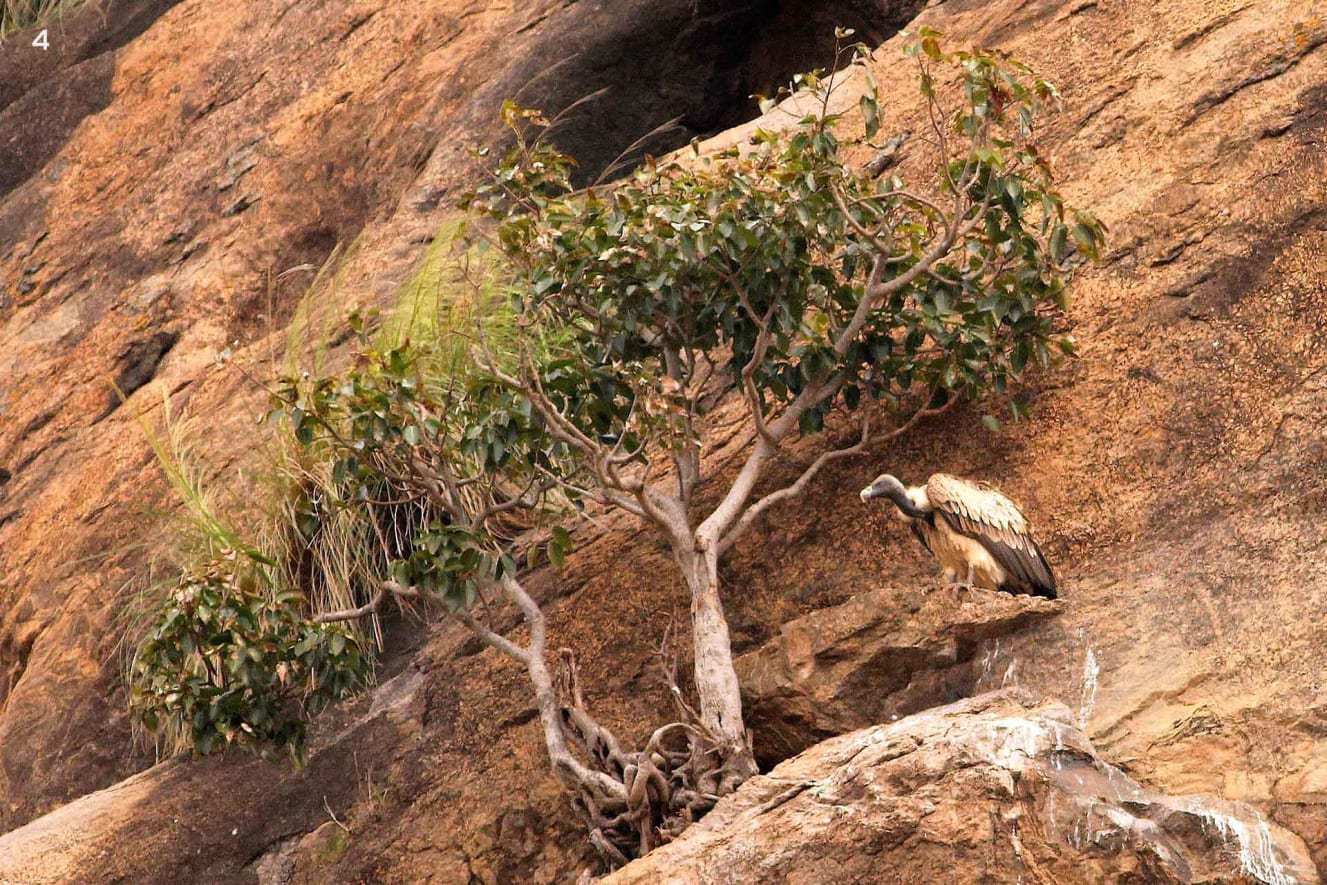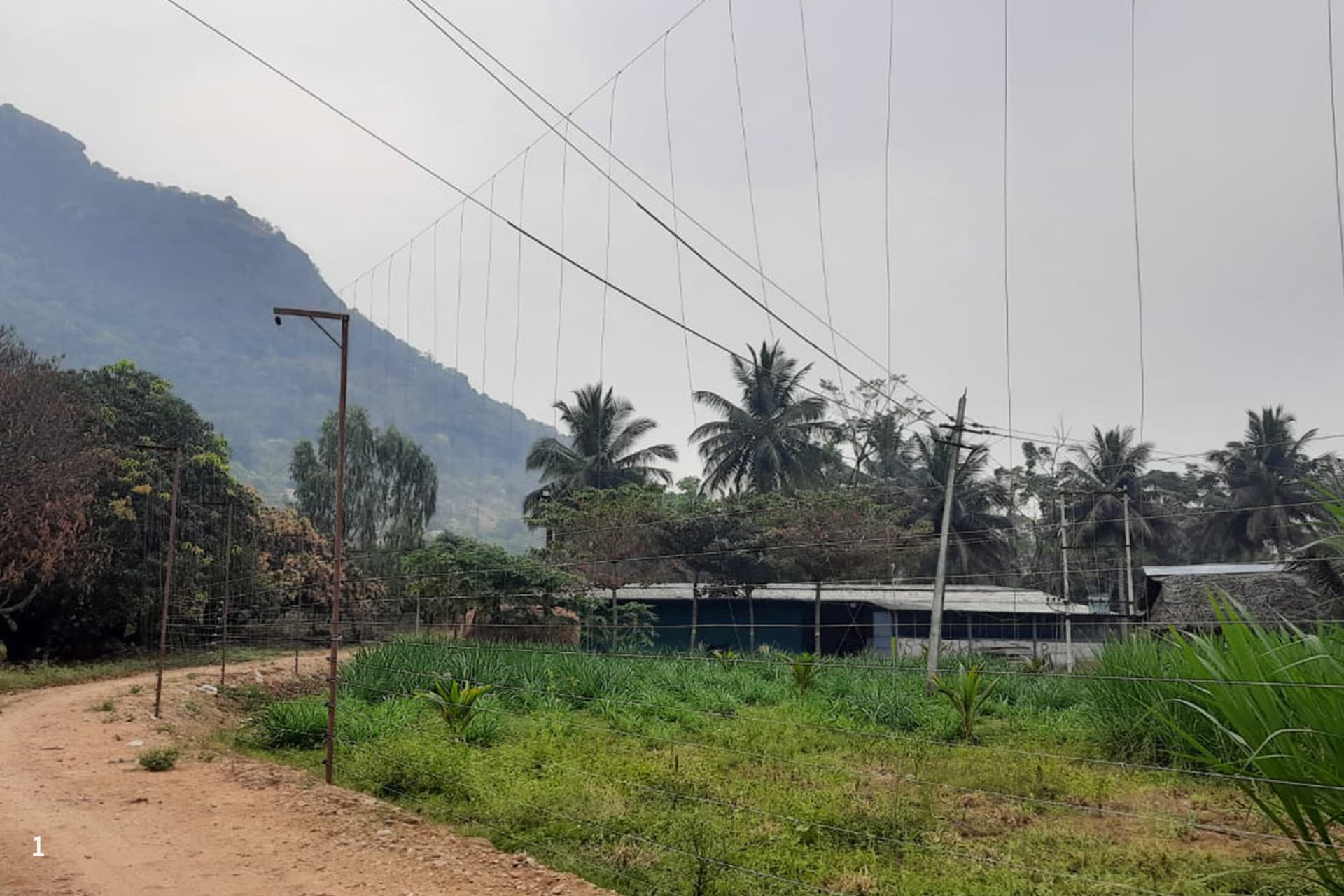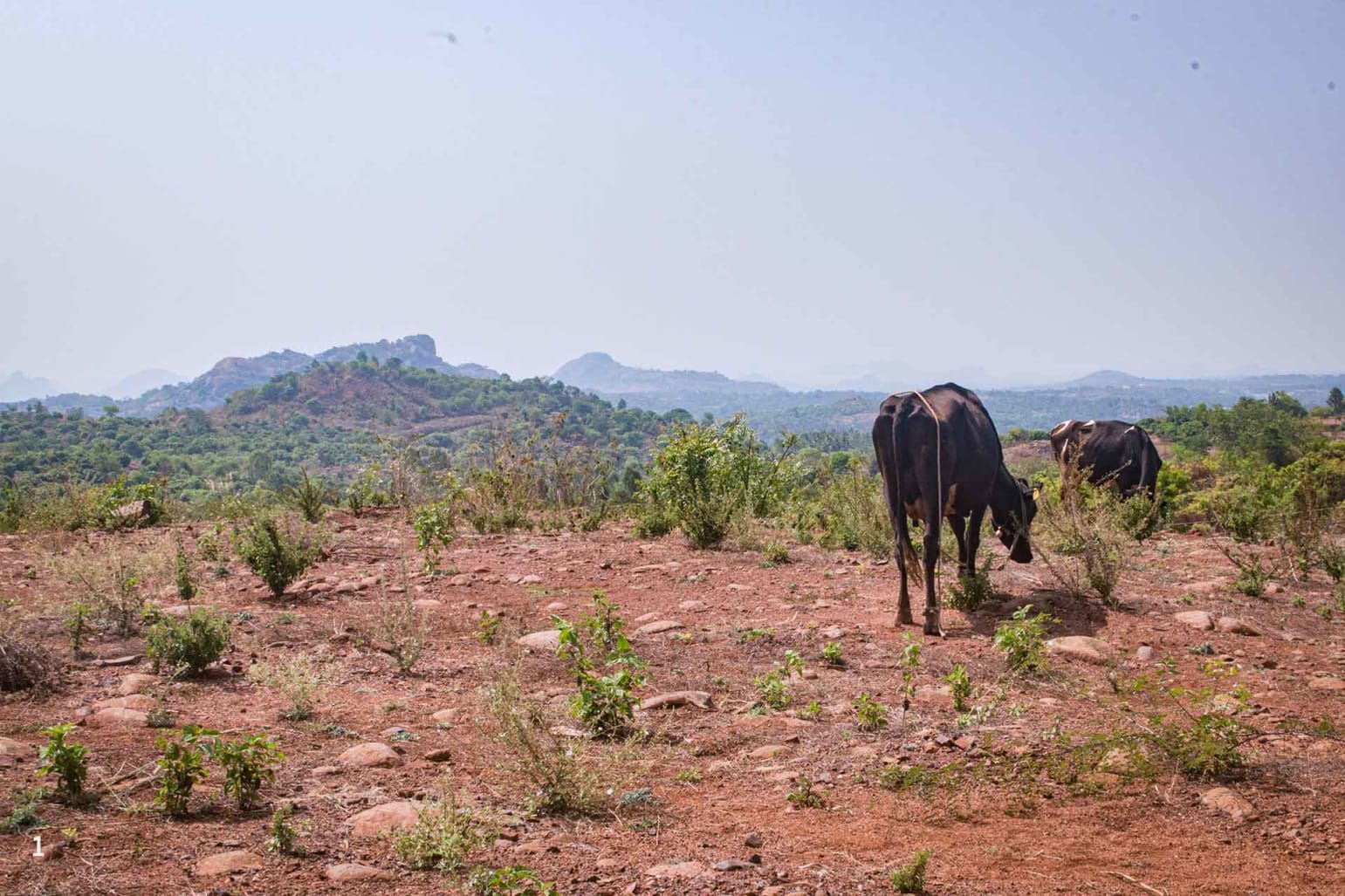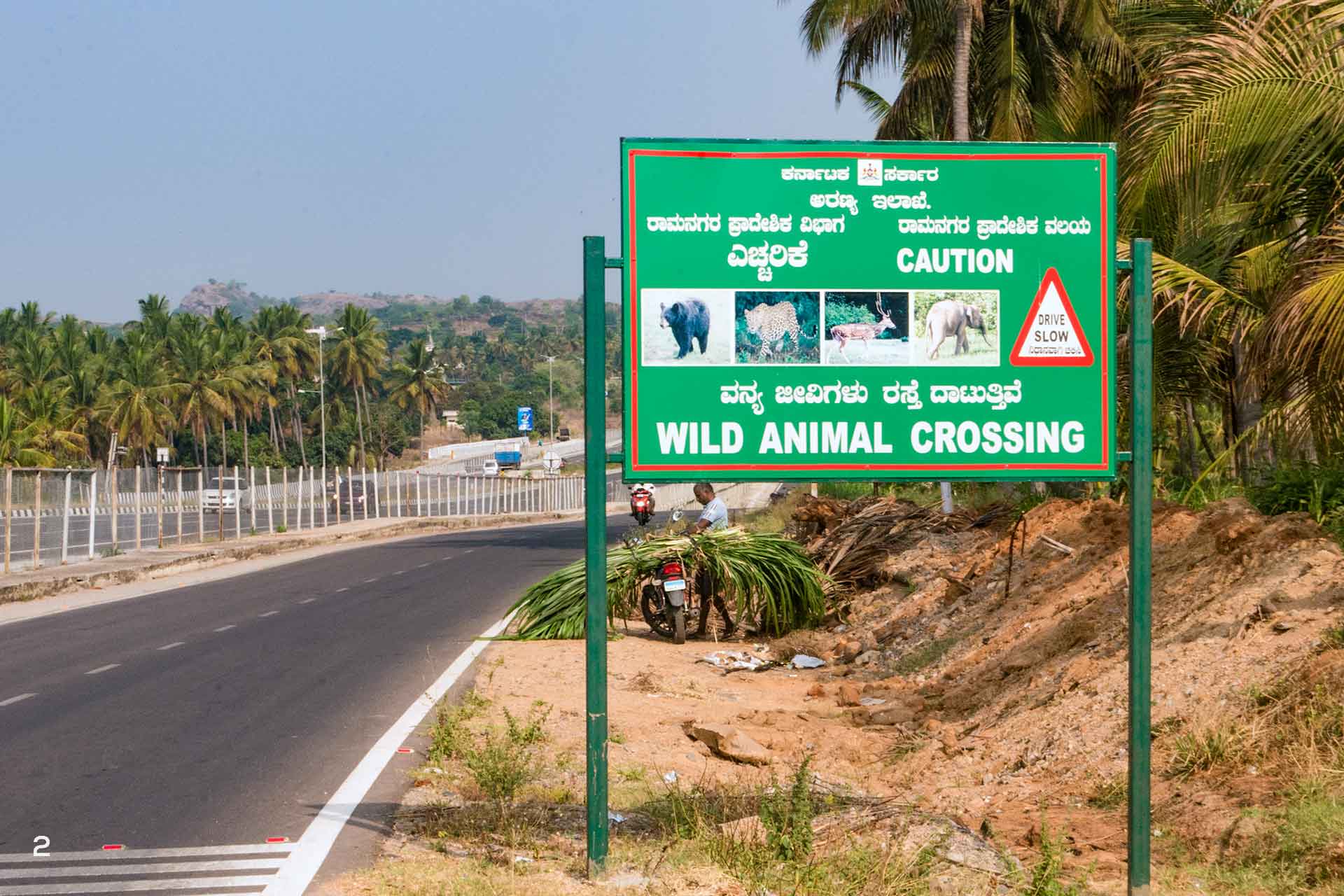 Listen to this article
•
15:34 min
Listen to this article
•
15:34 min
“Beware, don’t go too close. You might encounter sloth bears,” a local warned us as we were navigating our way through one of the bettas, or hills, in Ramanagara. While we saw tracks of animals on our way, we only realised how frequent these encounters were after we spoke to the locals. While some lived in fear, others were troubled by animals such as elephants and wild boar that fed on and destroyed crops. A few were also tolerant towards their wild neighbours. “Due to a temple nearby, macaques are not harmed or killed even if they cause trouble,” a lady on her way to grazing her cattle filled us in.
Around 60 km from Bangalore, the Ramanagara landscape (3,516 sqkm) is characterised by a mosaic of cultivated plains with small hilly patches of scrub. The hallmarks of the landscape are the giant monoliths and boulders that are scattered through it. The boulders once formed the backdrop of the iconic film Sholay which was shot near Ramadevara Betta Vulture Sanctuary, a protected area that is a part of this landscape. The cultivated plains of Maddur and Mandya form the western boundary of the entire landscape, while the eastern and southern sides are hemmed by Bannerghatta National Park and Cauvery Wildlife Sanctuary.
This group of rocks, boulders, and monoliths, called Closepet Formation, was formed during the genesis of the Earth, over 4 billion years ago. During the continental drift, when the Indian subcontinent moved over a volcanically active area in the ocean, these rocks were pushed out as lattices. Over time, wind and water worked their magic to mould the rocks into the awe-inspiring forms they have taken today. Most of the forest patches that surround these monoliths come under the reserved forests of Ramanagara forest division, but some cattle grazing lands, called Gomalas in Kannada, fall under the commons — both host a plethora of wildlife, including leopards, sloth bears, civets, jackals, macaques, wild boars, and elephants, along with a bird diversity of around 323 species.
The rocks provide a home to several species such as (1) peninsular rock agama, (2) oriental garden lizard, (3) Egyptian vulture and (4) the Indian vulture. Unfortunately, there have been very few studies about this rich and diverse habitat. Photos: Samuel John (1, 2), Nidhin Poothully from Bangalore, India, CC BY 2.0 (3), Vaibhavcho, CC BY-SA 4.0 (4)
Cover photo: The dominant vegetation type in the Ramanagara landscape includes scrub forests, interspersed with agricultural farms. Photo: Navaneeth KN from Bangalore, India, CC BY 2.0
Apart from being picturesque and unique, this is also a landscape of emerging conflict. As people and wildlife live in close quarters, interactions with animals in the landscape are inevitable. Unfortunately, this has led to the loss of human life and livelihood. According to news reports, over 46 cases of leopard conflict were reported in the year 2019-2020. A study conducted by scientists from the University of Agricultural Science, GKVK, Bangalore, found that wild boar, macaques, elephants, and species of birds were some of the major animals causing crop damage, whereas leopards, mongoose, foxes, and wild dogs killed livestock. Easy availability of prey due to rising stray animal populations and the unregulated disposal of poultry remains from farms also attract wild animals. Locals fear these animals. The wild animals have also struggled to adapt to their rapidly changing home. The new Bangalore-Mysore highway that cuts through the landscape has led to a higher risk of road kills. Some locals believe that after the construction of this highway, conflict has risen on its western side.
Changing cultivation patterns have also sparked conflict. “Elephants from the neighbouring protected areas have been traversing through villages in this region for the past decade. Due to the recent development of lift irrigation, cropping patterns have changed which were rain-fed earlier. This increased abundance of resources such as food and water has encouraged the elephants to venture into these villages more often,” says Surendra Varma, an ecologist from the Asian Nature Conservation Foundation. Additionally, the scattered patches of forests also act as hiding and resting spots. "One of the reasons elephants use the agricultural lands might be that some male elephants that feed on nutritious crops find that they can outcompete the males who don't raid crops," says Dr. Nishant Srinivasaiah (Post Doctoral Fellow, IISc and Programme Head, Frontier Elephant Programme, FERAL).
With few studies on the landscape, not enough is known about Ramanagara’s wild side, but the forest department has been trying to mitigate the crisis. “There is an urgent need to act quickly, especially since conflict is on the rise,” says Devaraju V, Deputy Conservator of Forests, Ramanagara division. During his tenure, four underpasses for wildlife have been built under the new Bangalore-Mysore highway (NH-275). The forest department officials have recorded elephants using these underpasses. The department has also provided farm owners with solar fences free of cost. These fences that run on solar power release a mild shock when animals encounter them, and hence discourage them from entering farms.
Over 600 fencing systems have been distributed to farmers so far. "The community fences were tested for a year before being installed. They have been successful in protecting crops. If maintained and managed well, elephants may learn that coming to the farms may not be beneficial, and thereby human and elephant conflict can be reduced.” adds Dr Srinivasaiah, who assisted the forest department with this initiative.
Ramanagara is a special landscape. Impressions of flowing lava, dating back to over 2.5 billion years, can be seen stamped on these rocks. Eagles and vultures soar above them at a distance. Its wild side may seem picturesque to a common passer-by, but a closer look reveals a rising concern for those, human and non-human, who live here. More research and awareness about this ecosystem can pave the way for coexistence for all.
Photo sources: cover, Egyptian vulture, Indian vulture



